According to statista.com, 58% of all emails sent during the first months of 2017, were spam. With such a high percentage, it’s no surprise that service providers are doing everything they can to filter it out, otherwise, our inboxes would be swamped. Unfortunately, amongst all the junk that does get caught, quite a lot of genuine emails get filtered out too. If your emails are getting mistaken for junk, this post will explain why and show you six ways you can stop it.
Why are my emails getting filtered?
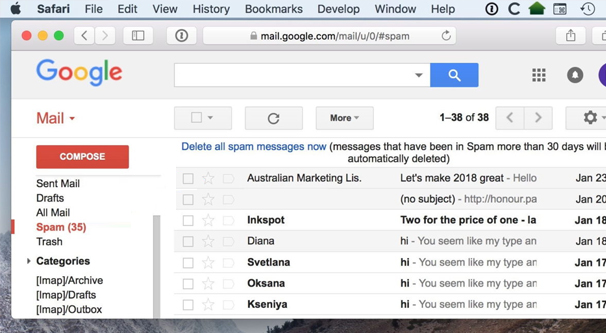
Service providers use sophisticated software to filter out spam emails. The programs they use look for a wide range of tell-tale signs that indicate when an email is not from a legitimate sender. For your email to end up in the spam folder, there must be something about it that has alerted the software and triggered it to act. To prevent this from happening, you have to make changes to your emails so that they no longer get flagged.
Here are the six main ways you can do this:
1. Make sure your emails comply with the UK and international laws
![The Ultimate Guide to International Email Law [Infographic] - Litmus](https://www.litmus.com/wp-content/uploads/2020/04/featured-the-guide-to-international-spam-laws.png)
If you are a business sending a marketing email through UK based email servers, you must comply with UK law. To do this, all emails should provide the following information in the actual email (i.e. not via a link):
- Your company’s name (registered name and company number if a limited company)
- Your business address (or registered office)
- Country of company registration (e.g. Scotland or England & Wales)
In addition, you should inform the recipient how to unsubscribe and provide an unsubscribe link.
If you are sending an email using a US email server (many UK hosts use US-based servers, as do companies such as MailChimp, etc.) you must also comply with the US CAN-SPAM Act.
If you don’t comply with these legal obligations, it is quite likely that the spam filters used by these email servers will think your emails are spam. They are configured to check that company names, addresses, unsubscribe links, etc., are included in marketing emails.
2. Don’t include text that might be confused for spam
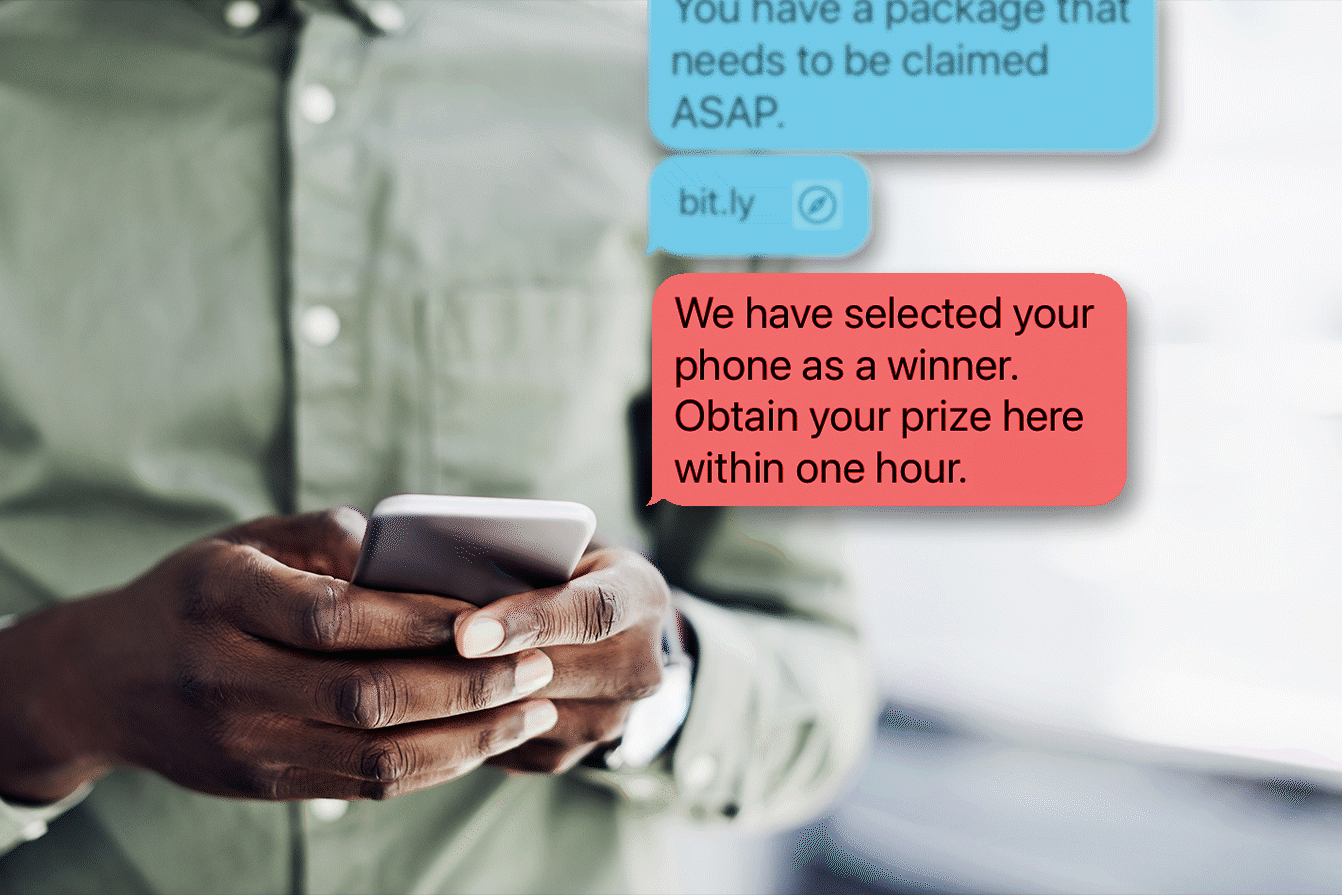
Every time a spam or phishing email is caught, its content is analyzed. This has made it possible to create a database of regularly used words and phrases which help identify other spam emails.
If the wording of your emails has several of these phrases included, it could be the reason it gets junked. Check out this list of 200 common spam words from Comm100.
3. Check your email before sending
If you are going to send out a batch of marketing emails, one way to make sure they will end up in the recipients inbox is to use an outgoing spam checker, such as ISnotSPAM. These free to use online checkers will analyze your outgoing emails and report back to you any possible problems that may get your email junked. This gives you the opportunity to make changes before pressing the send button.
ISnotSPAM, for example, provides the following checks:
- SPF Check
- Sender-ID Check
- DomainKeys Check
- DKIM Check
- SpamAssassin Check
4. Make sure your email address isn’t blacklisted
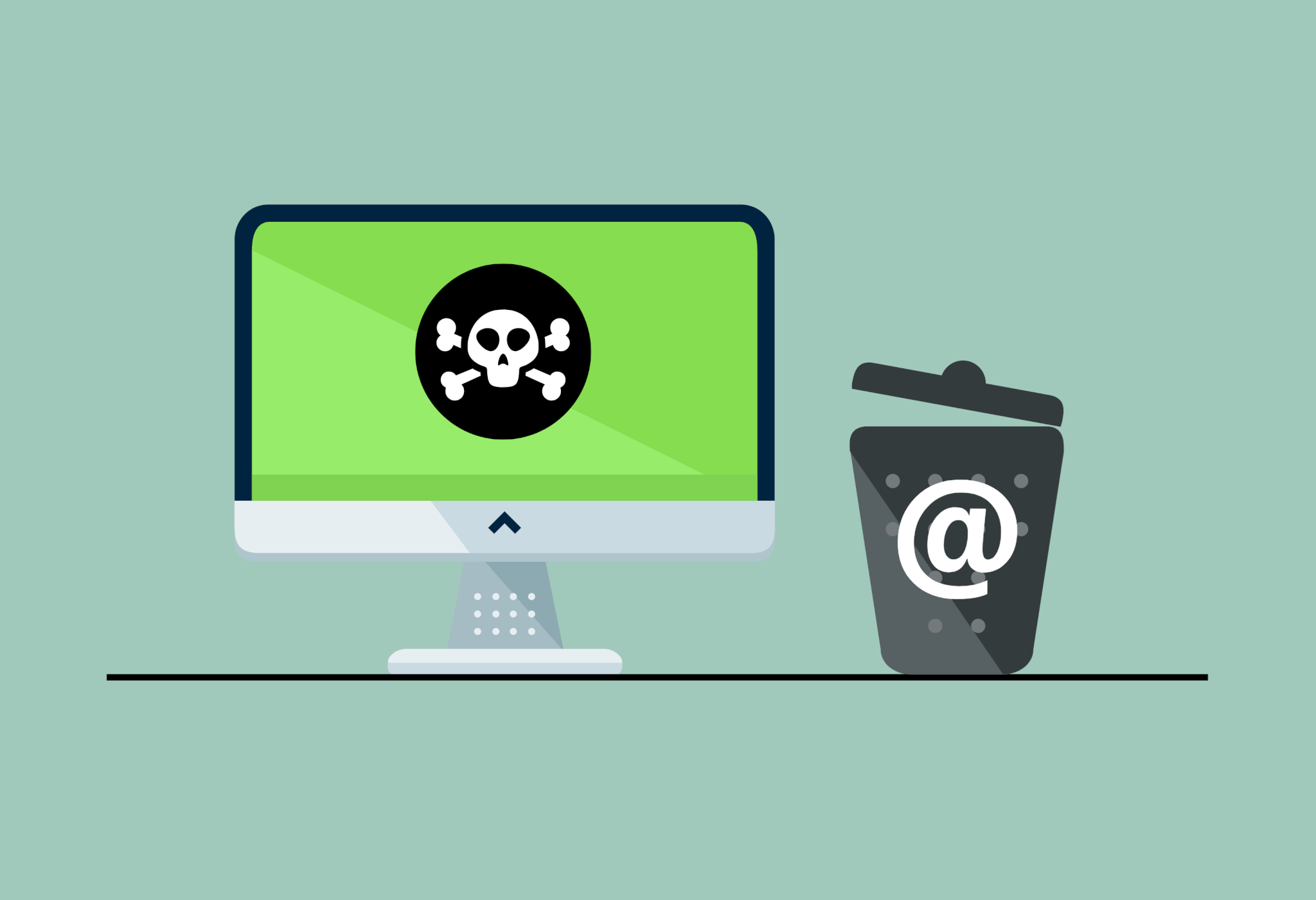
There are a number of ways your email address could get blacklisted. One way is that a previous email may have been mistakenly identified as spam. Another is that a recipient has flagged your email using the ‘report as spam’ option; and finally, your host’s email server could have been reported for send spam from other customers.
If you have been blacklisted by one email service provider for any of these reasons, it is likely that they will have communicated this to other service providers too. In which case, all of your emails may get filtered out.
The best way to prevent this is to ensure your hosting provider offers outgoing spam filtering and email server blacklist checking. At Anteelo, for example, our business and enterprise email hosting checks all your outgoing mail to prevent you from sending spam and pro-actively checks blacklists every 24 hours. If you are incorrectly blacklisted, we’ll submit requests to have the issue fixed.
5. Don’t send emails to spam trap addresses
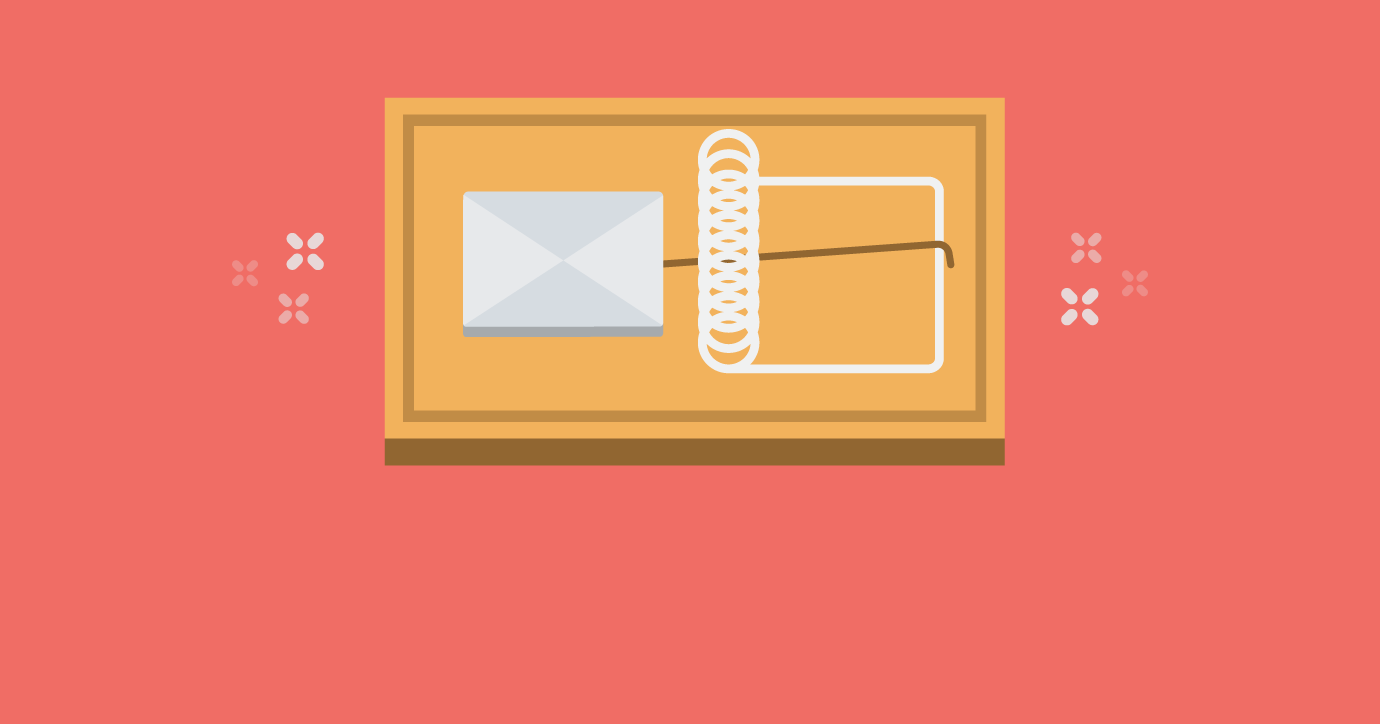
It is illegal to send emails to people who have not opted in. Spammers, however, have no regard for this law and will send emails to every address they can. One way that legitimate companies can fall foul of this is by unwittingly sending emails to what are known as spam trap addresses.
Spam traps are fake email addresses created to catch spammers out. They are published in a way that fools automated e-mail address harvesters, used by spammers, to collect them. As they are fake, it is obvious that anyone who sends an email to them does not comply with the opt-in law. If an email is sent to one of these addresses, therefore, the sender is blacklisted.
It is highly unlikely that you will be able to send an email to one of these addresses unless you buy or rent an email list from a third party. If you do buy or rent these lists, you need to make sure that the company you receive the list from is reputable – i.e. that all the recipients on the list have agreed to receive marketing emails from third parties.
6. Avoid sending attachments that raise red flags
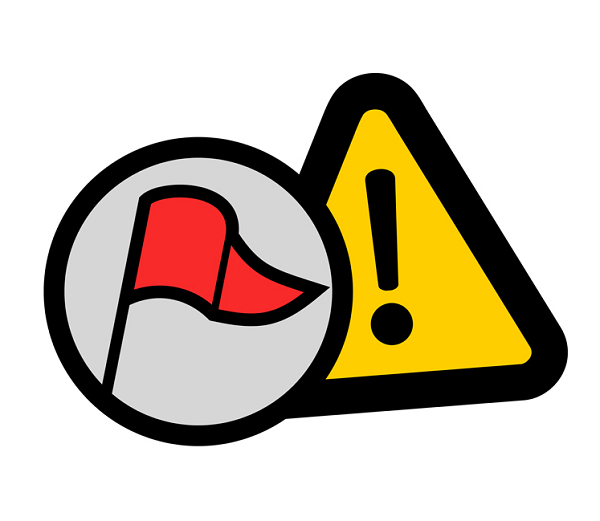
We all send attachments from time to time, especially things like images and documents. However, some file types can raise issues, particularly those which are likely to contain malware. If possible, try to avoid sending files such as .exe, .swf, and even zipped files that might try to conceal hidden malware.
Conclusion
Having your emails filtered out by your recipient’s email server can cause serious problems for your business. Marketing campaigns can fail, invoices go missing and even basic email opt-in verification fails to happen. It can be frustrating and very costly. Hopefully, the information provided here will help you to better understand why your email gets filtered out and show you what to do to make sure it arrives safely in the future.’






